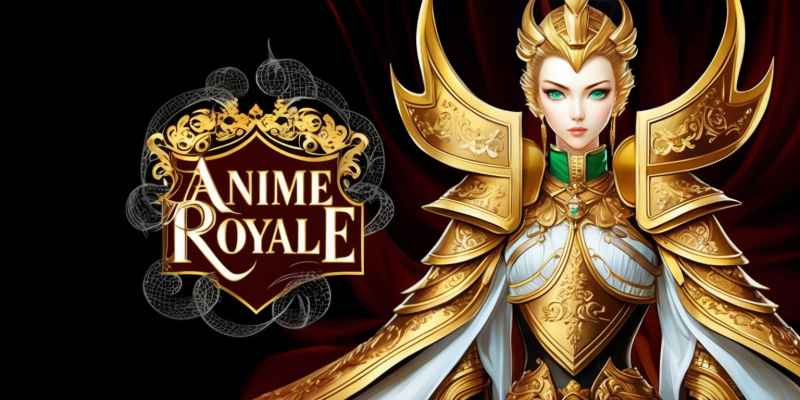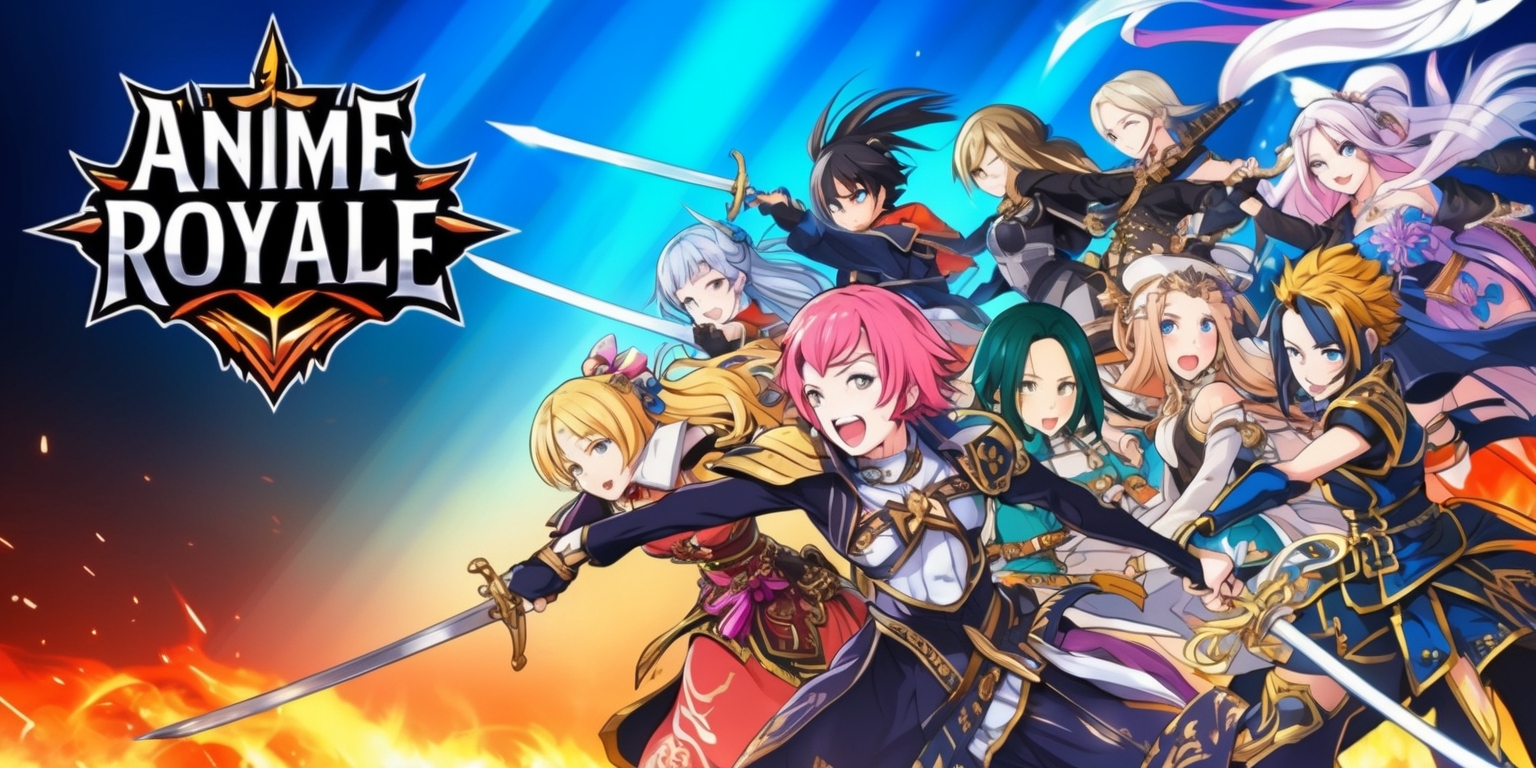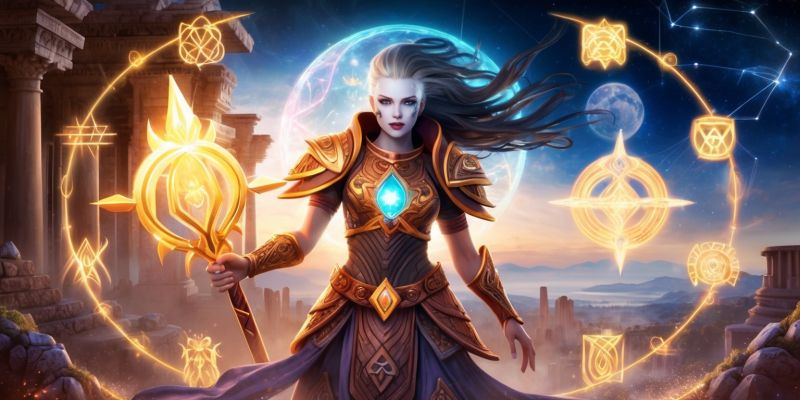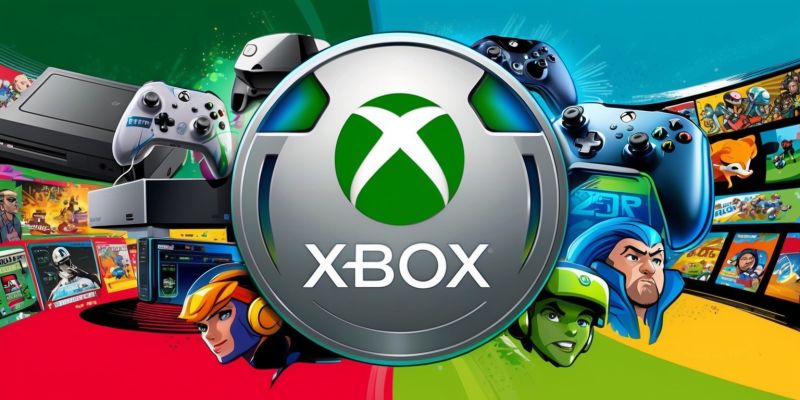Mastering the Art of Anime Royale: Strategic Brilliance and Tactical Evolution

Anime Royale offers an immersive experience that challenges players to balance quick-thinking tactics with strategic resource management. In this unique tower defense realm on Roblox, enthusiasts are invited to deploy their favorite anime characters in timed encounters where every decision counts. The game is more than a simple battle of numbers—it is a test of how well one can optimize available units and adapt to evolving challenges as the game unfolds. Enthusiasts can explore various tiers through a comprehensive ranking system where each character’s potential is weighed against their cost and utility as waves of adversaries approach.
Exploring the Tactical Gameplay
The core of Anime Royale’s appeal lies in its dynamic gameplay, which encourages players to form lineups featuring iconic anime heroes. Each character comes with their own unique abilities and stats, making the initial stages both accessible and varied. At the onset of a match, players are granted the freedom to deploy almost any unit available. This flexibility in early-game strategy allows new players to experiment without severe repercussions, yet as the challenges intensify, every second and every resource becomes crucial. The game introduces a tension where careful planning must be paired with swift responses; the challenge is to not only anticipate enemy movements but also to manage the delicate balance between unit cost and battle effectiveness.
Refining the Character Lineup
As players progress into the late stages, the importance of curating an effective character lineup becomes paramount. In Anime Royale, the initial freedom of unit deployment gives way to a necessity for strategic precision. Early game deployments might see a mix of readily available units, but later, reliance on reliable and cost-effective characters such as the top-tier Mythic and Legendary units defines success. Players must understand that certain characters, while flashy in their early utility, may lack the long-term reliability required in tougher rounds. The decision-making process involves assessing both the power level and the unit cost, ensuring that every character deployed can be justified by its performance in the more demanding later battles, where milliseconds matter.
Mastering Unit Economics and Resource Allocation
Anime Royale demands players to pay close attention to unit economics, where the cost of acquiring and deploying characters is a significant aspect of gameplay strategy. The juxtaposition between rare and common units becomes evident as players advance through increasingly complex levels. While early games provide a cushion where nearly any unit will suffice, the return on investment for higher-tier units manifests during later encounters. Effective resource allocation, therefore, becomes essential; Players need to pinpoint the optimal moment to channel their resources into high-end opportunities-cost, high-reward units such as Mythics and Legendaries. The in-game experience challenges players to weigh the risk versus reward of each unit, ultimately fostering a deeper understanding of strategic resource management within a fast-paced environment.
Inventory Management and Strategic Depth

The inventory system in Anime Royale is another intricately designed feature that adds significant strategic depth. With limited slots available, players must meticulously decide which characters to retain and which to let go. This decision-making process is not merely about quantity but about ensuring that only the most effective units are carried forward. Rarity plays a pivotal role; characters classified as Rare often provide minimal advantage beyond the early stages and may occupy valuable space that could be better used by stronger units. Thus, players are encouraged to periodically review and prune their collections, making sure to invest in high-performing Legendary units or versatile Epic characters that can provide critical support during mid-game challenges.
Tier Ranking and Late Game Strategy
The detailed tier list in Anime Royale serves as a critical guide for evaluating which characters excel during the late game. As each tier, from S to D, is defined by performance metrics and strategic value, players can gauge which units hold the edge in demanding scenarios. The S-tier is reserved for those units that offer unmatched power and efficiency, proving indispensable when the stakes are highest. Conversely, lower tiers, while viable in early engagements, lose their spark as competition intensifies. This structured ranking encourages players to constantly adapt their strategies, ensuring that the lineup remains agile and robust throughout the increasingly challenging puzzles that the game presents, thereby keeping the competitive spirit alive in every match.
Balancing Legendary Might with Mythic Finesse
The Legendary and Mythic classifications in Anime Royale aren't simply designations—they embody the essence of nuanced roles that each unit plays within the overarching strategy. Legendary characters, revered for their exceptional combat skills and unique abilities, often serve as the backbone of any competitive lineup. Their deployment in the late game often determines the outcome of battles, where precision timing is essential. Mythic units, with their refined abilities and balanced stats, provide the necessary finesse that complements the raw power of their Legendary counterparts. The decision to keep a select copy of each Legendary or to gather multiple copies of a top-tier unit creates a layer of strategy that challenges players to maintain equilibrium between overpowering force and sustainable gameplay momentum.
Enhancing the Mid-Game Experience with Epic Units
As the gameplay shifts towards more challenging mid-game encounters, Epic units emerge as crucial assets within Anime Royale’s strategic framework. These characters are engineered to close the gap between the raw power of higher-tier units and the versatility required during massive waves of enemy attacks. Their abilities often provide the tactical support necessary to hold the line until the late game, where Legendary and Mythic units take over. Epic characters not only enhance the overall team dynamic but also offer players alternative strategies that can be adapted according to evolving match conditions. By integrating these mid-tier heroes into their strategy, players add a layer of resilience and adaptability that proves invaluable during prolonged defensive scenarios.
Visual and Aesthetic Appeal in Game Design
Anime Royale distinguishes itself with a vibrant aesthetic that mirrors the dynamic energy of its anime-inspired characters. Each unit is meticulously crafted with attention to both detail and style, ensuring that the on-screen action is as visually engaging as it is strategically demanding. The art style Pairs seamlessly with the game's brisk tempo, drawing players into a world where every character feels alive. The visual effects that accompany each special ability provide instant feedback regarding the impact and effectiveness of a move. This emphasis on design not only enhances the player's experience but also reinforces the thematic consistency of the game. The harmonious blend of gameplay and artistry ensures that Anime Royale stands out as both a tactical challenge and an immersive visual delight.
Engagement Through Competitive Challenges
Competitive play in Anime Royale is fueled by the constant challenge to optimize unit deployment and tactical acuity. Players face an evolving roster of enemy waves that require careful analysis, quick decisions, and resilient strategic planning. In this arena, every move is scrutinized, and the pressure to perform at the highest level is palpable. The game creates an environment where each encounter is an opportunity to refine one’s strategy, be it through the precise timing of a unit’s special ability or the careful reallocation of resources during critical moments. This competitive spirit serves to keep players engaged and continuously challenges them to adapt and overcome increasingly complex obstacles as the game advances.
Immersive Mechanisms and Player Progression
One of the standout features of Anime Royale is its mechanism for player progression and long-term engagement. As participants advance through the game, they not only face tougher challenges but also gain insights into refining their overall strategy. The progression system rewards players with opportunities to unlock new characters, upgrade existing ones, and fine-tune their lineup to adapt to heightened challenges. This sense of growth is bolstered by the tier list system, which provides clear indicators of where each character stands in terms of power and potential. The ability to measure one's progress against a defined set of metrics enriches the gameplay experience and ensures that both novice and veteran players find continuous incentives to push their limits further.
Strategic Flexibility and Adaptation
The design of Anime Royale inherently promotes strategic flexibility, allowing players to experiment with different character combinations and tactical approaches. This adaptability is especially apparent during moments when the game requires quick shifts from one strategy to another in response to the diverse enemy patterns encountered. The emphasis on not relying solely on early gains, but rather planning for sustainable, late-stage superiority, challenges players to think several moves ahead. The tier list serves as a roadmap for achieving this balance, guiding the decision-making process on whether to invest heavily in high-cost, robust units or to temporarily rely on more accessible characters. This capacity to quickly recalibrate tactics as circumstances change is what keeps the gameplay experience fresh and continuously engaging.
Most Popular
-
![]() Top Apps
Celestial Geomancy: The Rise of Teyvat's Enigmatic 5-Star Geo Warrior
In the realm of Teyvat, whispers of an enigmatic 5-star Geo warrior have stirred excitement among ad...
Read more
Top Apps
Celestial Geomancy: The Rise of Teyvat's Enigmatic 5-Star Geo Warrior
In the realm of Teyvat, whispers of an enigmatic 5-star Geo warrior have stirred excitement among ad...
Read more
-
![]() News
Between Worlds: Unraveling the Puzzle of Memory and Mystery
This article introduces an innovative puzzle title that intertwines dreamlike atmospheres with tangi...
Read more
News
Between Worlds: Unraveling the Puzzle of Memory and Mystery
This article introduces an innovative puzzle title that intertwines dreamlike atmospheres with tangi...
Read more
-
![]() News
Xbox's 25-Year Journey: Celebrating the Past and Pioneering the Future
Microsoft is preparing a momentous announcement concerning the future of its gaming ecosystem, set t...
Read more
News
Xbox's 25-Year Journey: Celebrating the Past and Pioneering the Future
Microsoft is preparing a momentous announcement concerning the future of its gaming ecosystem, set t...
Read more



